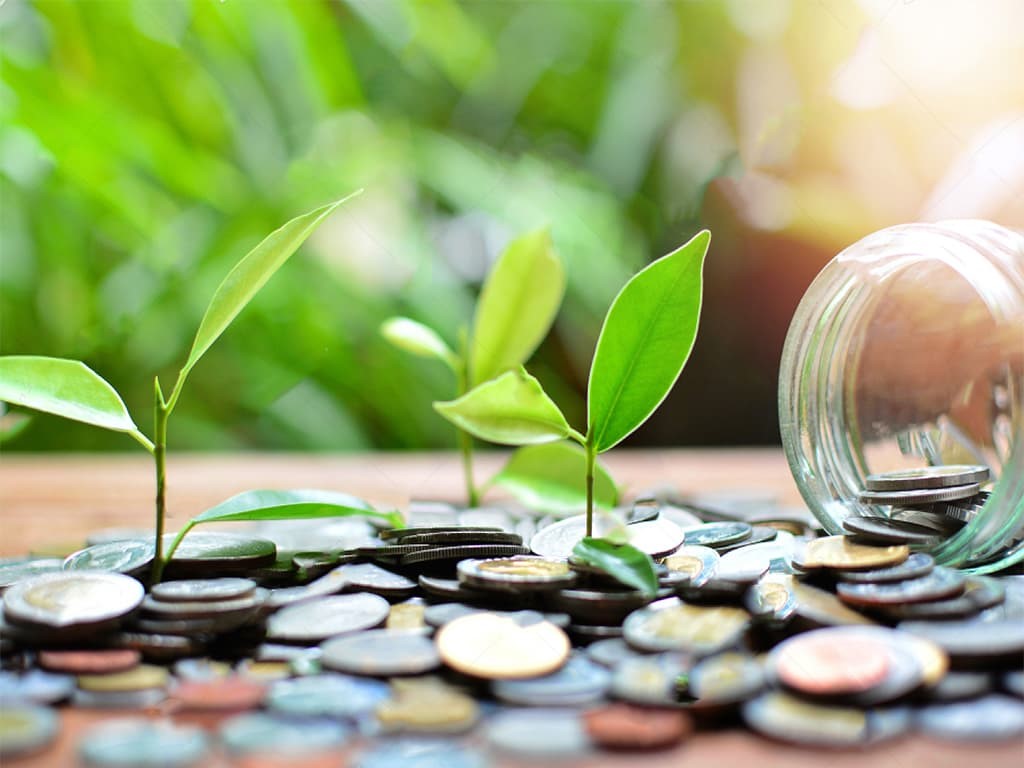The banking industry has always played a vital role in the economic success of every nation. This powerful position has meant that its impact on the environment has been overlooked for a long time. However, amidst global climate change, many people have begun to consider environmentally friendly banking practices. Green banking is a relatively new idea which aims to improve banking practices.
With traditional banks, the concept of green banking has always been difficult since many investments are in non-renewable energy. Major banks need investment strategies to fund their operation. These include investments in fossil fuels and mining. But for green banks adding climate action to financial services is a key pillar of their business foundation. Find more on green banking in this article.
The importance of green banking
With growing concerns about global warming, all businesses need to reconsider their business plan. The need for sustainable investments is becoming more important than ever before. Banks will attain sustainability not only by choosing eco-friendly practices but also by choosing where to channel funds. Diverting trillions of dollars from harmful industries to other investments is key to a greener banking future.
The adoption of green banking will not only reduce greenhouse gas emissions but also help in moving towards the development of renewable energy. This is in line with the Paris Climate Agreement goals. As more consumers commit to reducing their carbon footprints more and more banks will go green. Even so the benefit of clean energy is also a driving force.
Types of green banks
While most banks want to be associated with green banking for marketing purposes, their investments are the deciding factor. As a consumer seeking legitimate green banks, certifications will be your guide to a bank’s true commitment. A bank can have one or more certifications. The most common certifications include B-Corp, Global Alliance for Banking on Values(GABV), and Community Development Financial Institutions (CDFI).
A B-Corp certified bank is legally required by green banks to check how their banking practices affect the environment. Moreover, the banks are required to check their impact on workers, suppliers, and community at large. For CDFI’s their sole investment lies in helping the economically underserved communities that would have been otherwise exempted. Such financial products help gear towards sustainable economies.
Divesting from fossil fuels
Fossil fuels are by far the most significant pollutants and cause of global warming. Even with this fact, traditional banks have not cut ties with fossil fuel companies. Traditional banks continue to channel a lot of money to expand coal mining, oil exploration and replacement of mining equipment. The campaign to divest from financing fossil fuels is a major roadmap to sustainability.
Green banking seeks to invest in renewable energy sources and fund companies that are invested in green initiatives. With this commitment, no funds are channelled to fossil fuels. More research and innovations around renewable energy dramatically reduces the desirability of investing in fossil fuels. In any case, fossil fuel investments are more capital intense and any viable alternative will be appreciated.
Is green banking profitable?
The concept of green banking is new and only a few banks can expound on its profitability. Nonetheless, the concept is more attractive to consumers and investors as more people take climate change seriously. According to a recent report by GABV, green banks are already seeing higher returns on their investments. The dilemma of choosing between climate action and profits is diminishing.
How green banking will impact the planet
As eco-business models, green banks unarguably will have lasting impact on the planet. Currently, through sustainable projects, communities can already enjoy climate-friendly infrastructure and renewable energy. In addition, the pressure to divest from fossil fuels for better financial products aimed towards green projects is being felt by investors. As it is, green banking will provide solutions and a platform for climate-savvy consumers.
Are green banks better?
Undoubtedly, banking with green banks is a move to change the world. These climate-friendly institutions offer consumers a chance to handle their finances better. Through funding environmentally conscious projects, a low-carbon economy can be realized soon. Moreover, people at all economic levels can now support climate change without hefty contributions. Regardless of the amount, this money is meant to improve the planet.
Also, green banks are exceeding their sustainability goals. As more businesses continue to move towards sustainable practices, financial institutions have taken a lead. In this leadership position, banks are not only geared towards zero emissions but also becoming instrumental in putting pressure on other businesses. Through provision of capital investment to corporations, green banks can shape the future through increased sustainable projects.
Is the future of finance in green banking?
There is no accurate prediction about the future as traditional banks still battle between massive profits and climate action. However, the number of people concerned with climate change is rising as global warming becomes more evident. The move by consumers to bank on institutions that are green conscious will ultimately push traditional banks to do better. Nonetheless, green banking will expand.


